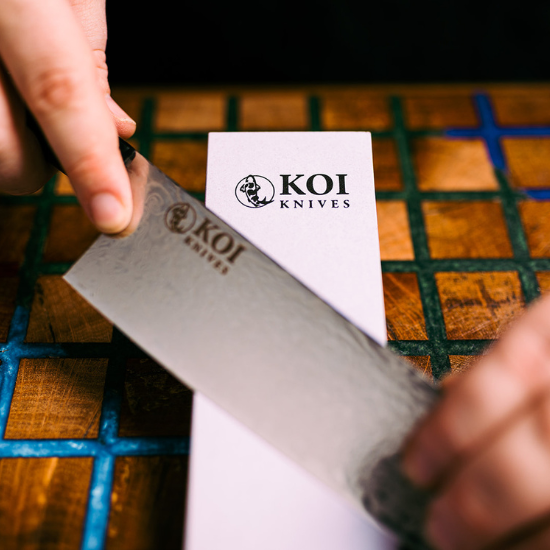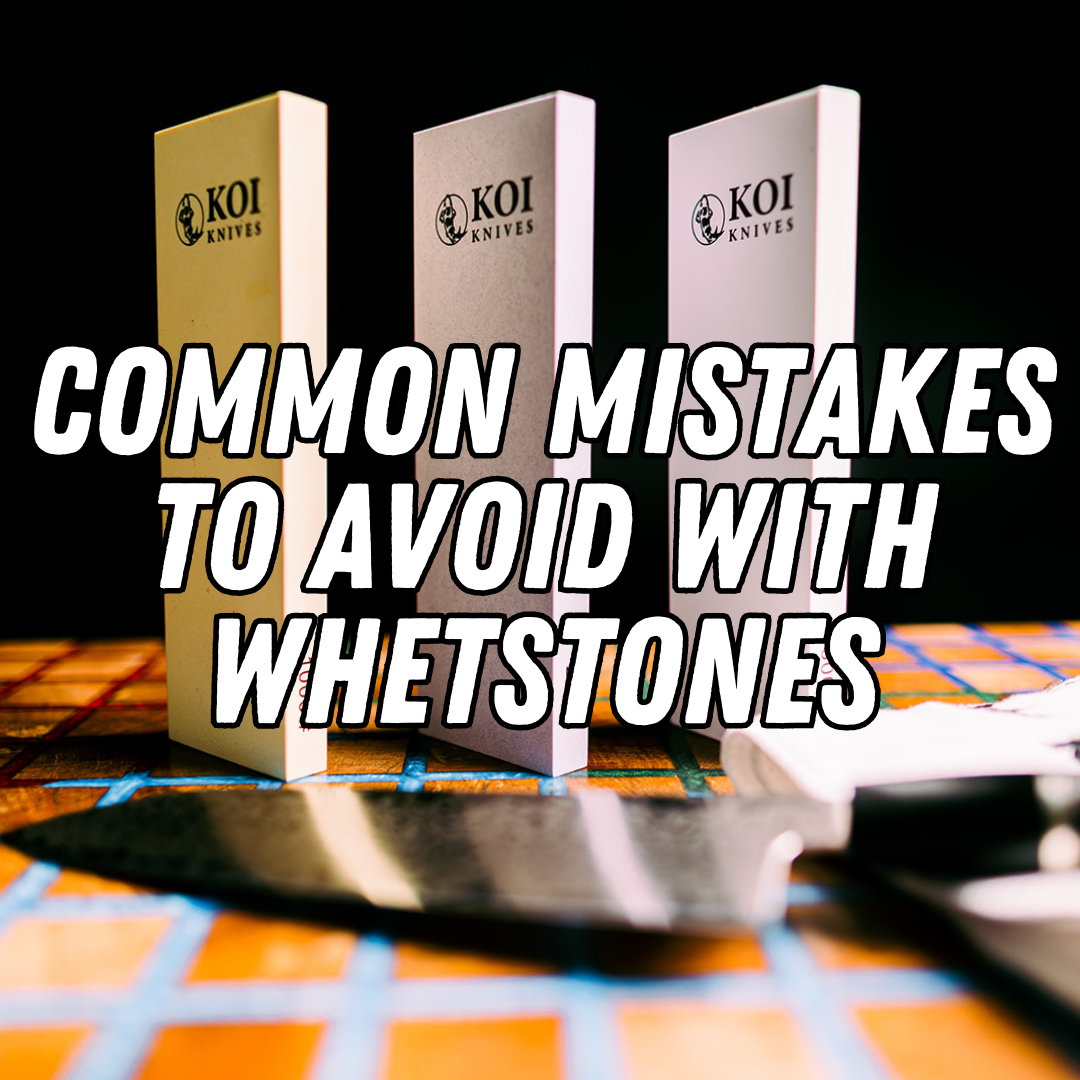Since the Stone Age, humans have used rocks to sharpen their metal weapons. A whetstone is one of those rocks, and humanity passed down its secrets in every culture. Besides knife sharpening, such rocks are vital in survival situations. For example, you can use one to create sparks and light a fire.
In the kitchen, throwing sparks might not be ideal. Especially for the knife blade. Nonetheless, whetstones are extremely valuable. They make a high-quality knife last longer and ensure precise, delicate cuts. Above all, a whetstone is an indispensable part of a chef's arsenal, and nothing can replace it aptly. So, it is worth knowing how to use it safely!
Why Buy A Whetstone When You Can Use A Knife Sharpener?
Before discussing safety, you might be wondering why even use a whetstone in the first place. Pro chefs prefer sharpening with stones. But the reason is not that they like the old fashioned or the harder way better. In fact, some chefs even hire pro chefs to sharpen their knives for them. Why? Because when done correctly, the result is shockingly unparalleled.
Of course, sharpening many knives by hand in one go puts a lot of strain on a person's hands and joints. Yet, when working the line at high-end restaurants, you need sharp knives to cook fast. If you use a standard sharpening device like a pull-through sharpener, you rip metal across the edge. But the device removes more steel than necessary because it applies the same pressure every time.
When using a whetstone, you control the whole knife sharpening process. For one thing, the stone remains cool, which means that it will not heat up the blade and mess with its tempering. Small changes in the physical nature of the knife metal can only make it dull prematurely. At the same time, sharpening the blade on a whetstone results in a smoother, clean edge. Without mechanical grinding, it is almost impossible to remove more steel than necessary. Even if you wanted to, your hands would hurt first.
Knife Sharpening Theory
If you invest in high-quality knives, you might need to buy a whetstone. But using it safely is a whole new story. This is why understanding the theory behind knife sharpening with a sharpening stone is critical.
With the right knowledge, it will be easier to keep the errors at a minimum. Plus, the less metal you remove, the less money you will spend on new replacements. Learning more about how to use whetstone properly will also extend the knife life span. Mainly because you cannot sharpen any knife on any stone. The grit grade of the stone is, in fact, a factor you should not ignore. That is the reason why you would be better off buying more than one type of whetstone at first. Even if you only have one knife to sharp.
Now, the point of sharpening is to take the two sides of a blade and make them converge at a point of zero thickness. You grind away metal on each side for this purpose. At one point, a little piece of metal will shoot past one side, creating the smallest ridge. This little fingernail is in jargon called burr.
As it is impossible to see the burr, you need to feel it with your finger. Remember to always slide a finger or thumb perpendicularly to the blade. Otherwise, you will cut yourself open.
Kitchen Safety Tips
In case you did not know, knife sharpening removes material both from the blade and the stone. If you decide on buying a combo whetstone that combines a coarse stone and a fine stone on each side, please get a flattening stone too. As the name implies, this stone serves to level your sharpening stone. Sharpening the whetstone is necessary to prevent any wobbling that may turn the sharpening motion into an accident.
Before you use a whetstone, you usually soak it in water. But not every stone likes it. For example, the Splash-n-Go version needs you to wet it as you use it. Read the instructions carefully, as most variants also come with less tactile feedback or less-porous surfaces.
Use a base to raise the stone higher. In this way, your knuckles will not hit the table.



